This is How Grumman’s S-2 Stoof Became The Ultimate Jack of All Navy Trades
The Navy’s Versatile Tracker Did It All, All Over The World, For 32 Very Hot Cold War Years
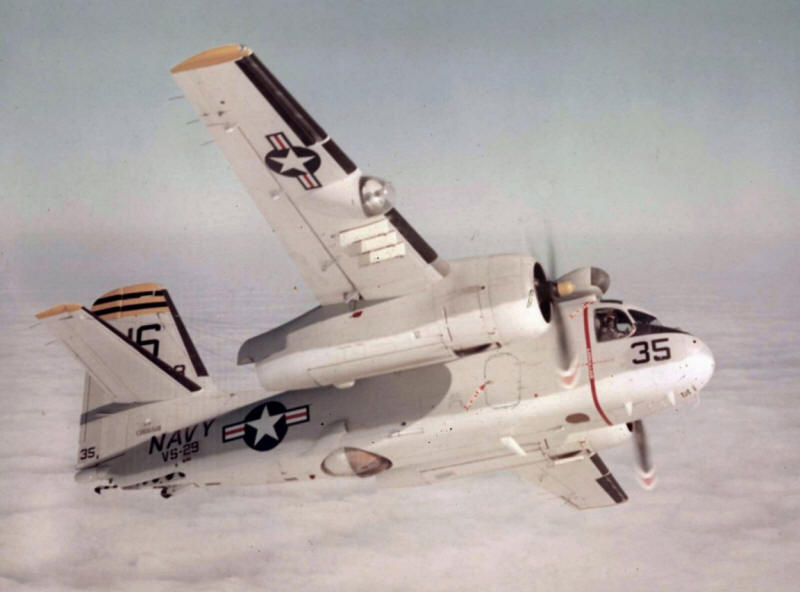
The Grumman S2F-1 (later S-2) Tracker entered United States Navy (USN) service with VS-26 Ready Squadron during February of 1954. Stoofs would go on to serve with the USN for 32 years, and are only now being replaced by some foreign operators today. The basic airframe would be adapted to create an airborne early warning version (the WF-2 or Willie Fudd; after 1962 the E-1 Tracer or Stoof With a Roof) and the C-1 Trader (simply the COD for carrier onboard delivery). The focus of this retrospective will be the anti-submarine warfare (ASW) version of the legendary Stoof.
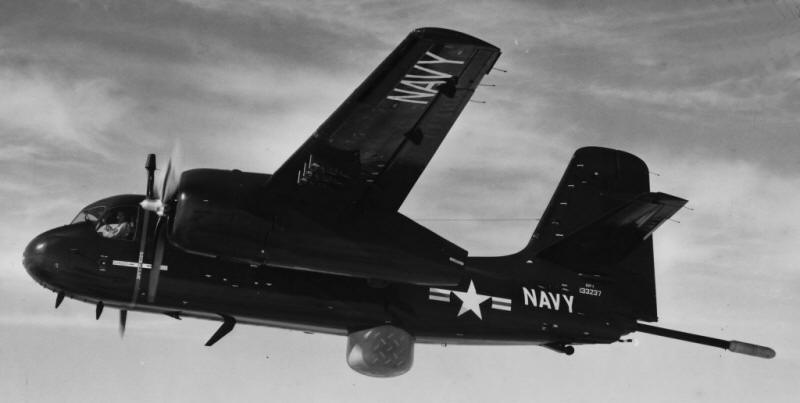
When Grumman began drawing the S2F-1 they were in effect replacing their own previous AF Guardian design- the first purpose-built carrier-based antisubmarine warfare aircraft. The Guardian “system” was actually two aircraft- one to detect and localize contacts using several types of detection equipment (the AF-2W “hunter”), and another aircraft equipped with weapons systems to attack contacts (the AF-2S “killer”). Grumman’s new dedicated carrier-based antisubmarine aircraft would combine both hunter and killer roles into a single airframe.
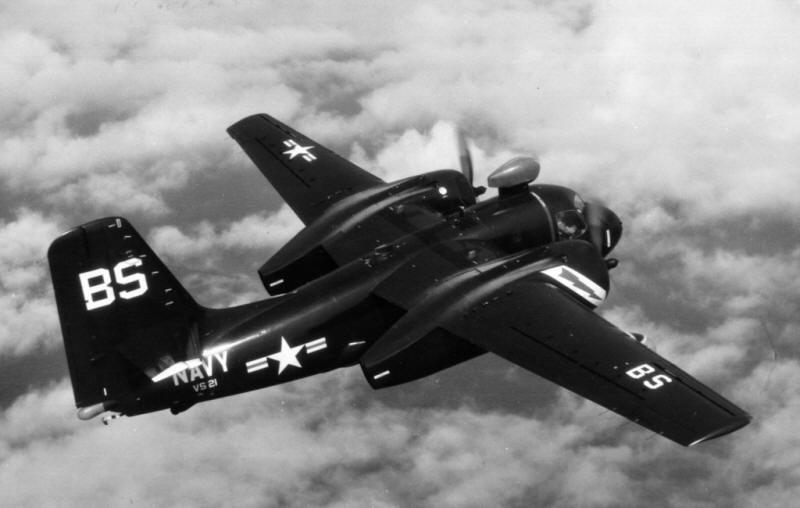
Grumman’s G-89 design was conventional, simple, and ruggedly built. Powered by a pair of Wright R-1820 Cyclone radial piston engines, the design featured high-mounted high aspect wings spanning more than 72 feet that folded nearly flat over the fuselage for storage onboard aircraft carriers, tricycle landing gear with a stout tail wheel to be used when launching via catapult, and a crew of four. The Navy’s Bureau of Aeronautics (BuAer) ordered two prototype XS2F-1 and 15 production S2F-1 aircraft simultaneously at the end of June 1950.
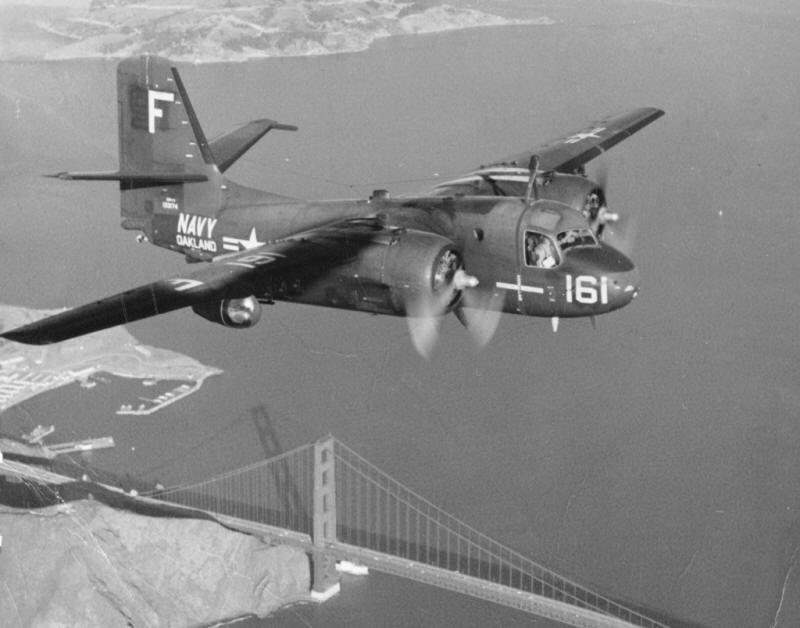
The Stoof first took to the skies on December 4th 1952. To detect and localize targets the S2F was equipped with the three tools every antisubmarine aircraft had to have then (and really still do): Radar, Sonar, and MAD. The radar was the Philco/Ford AN/APS-38 X band system ventrally mounted in a retractable radome. The non-acoustic sensor operator was seated on the port side of the crew compartment. Sonar was facilitated by passive and active sonobuoys which were released from the rear of both engine nacelles. Signals from the sonobuoys were received at the acoustic sensor operator’s station on the starboard side of the crew compartment.
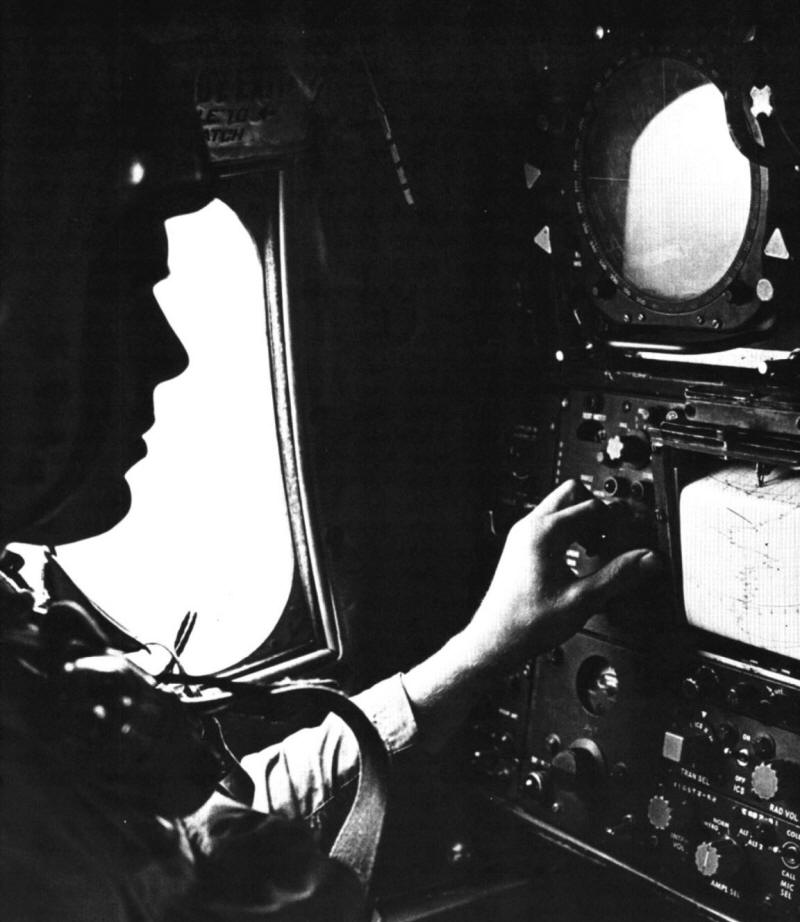
The AN/ASQ-8 Magnetic Anomaly Detector (MAD) was mounted at the end of a retractable boom that extended from the extreme aft end of the fuselage below the rudder. The early Stoof variants also had a radome mounted on top of the fuselage forward just behind the cockpit housing Electronic Surveillance Measures (ESM) equipment. Also mounted in the ESM radome was a particle detector (or sniffer) capable of detecting diesel fuel exhaust particles. A 70 million candlepower searchlight was mounted on the starboard wing. The Stoof was also equipped with smoke marker dispensers for visual MAD datum tracking.
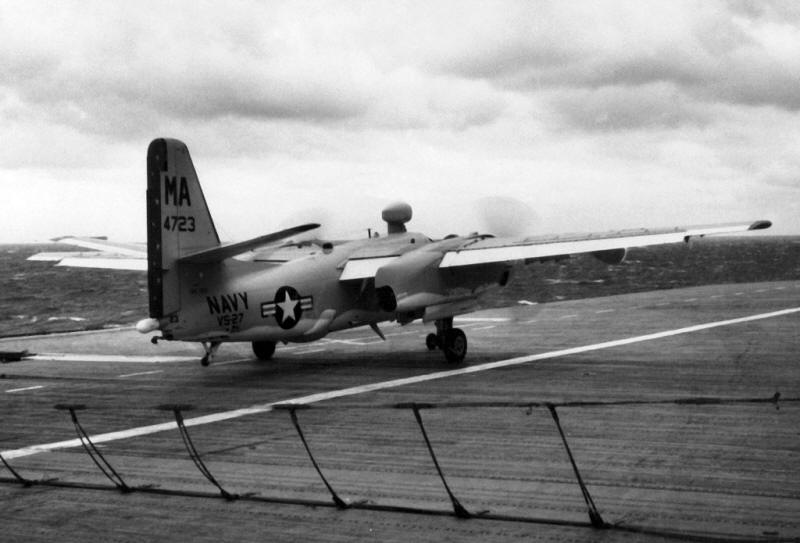
In order to attack and “kill” their targets, operational Trackers were capable of carrying two Mark 34, Mark 41, Mark 43, Mark 44, or Mark 46 lightweight torpedoes or one Mark 90 nuclear depth charge in their 4,800 pound capacity internal bomb bays. Under the outer wing panels, six underwing hard points could also carry conventional Mark 54 depth charges, unguided high-velocity aircraft rocket (HVAR) or Zuni rocket pods, or four more lightweight torpedoes. Later Tracker variants could also carry AGM-12 Bullpup air to ground missiles.
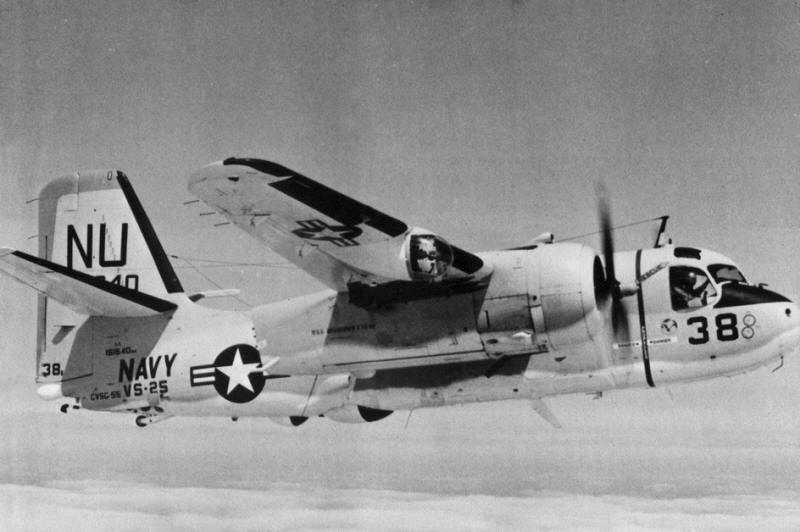
As S2Fs served over the years they were upgraded and improved. The ESM ventral radome was removed and the sensors relocated in rounded wingtip housings. The engine nacelles were modified to allow carriage of additional sonobuoys (too many of which no sensor operator [or senso] could possibly have). As sonobuoys, their associated receivers, and other detection and localization equipment improved those improvements were integrated into the Tracker fleet. When in 1962 the entire aircraft designation system changed, S2F-1 Trackers became S-2A Trackers. And so on…
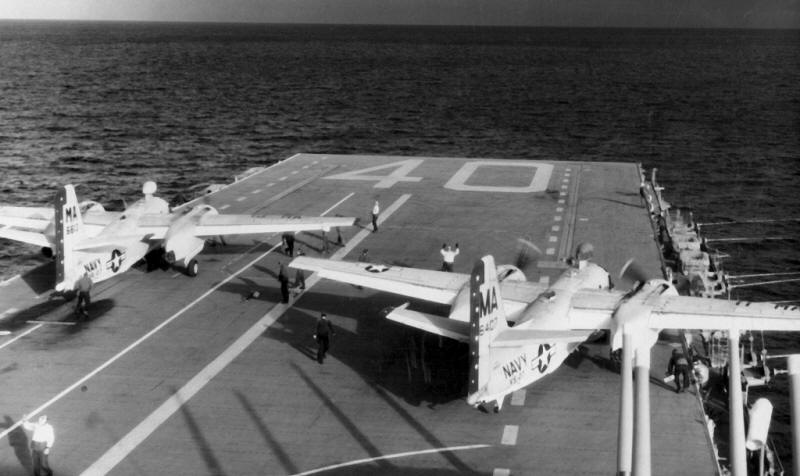
Trackers were also adapted for other roles. S2F-1T/TS-2A Trackers served as multi-engine trainers. S2F-1U/US-2A (and later US-2F) Trackers had their ASW equipment removed and seats installed in their place. The S2F-2P/RS-2C was a single photo reconnaissance version of the Tracker. Beginning with the S2F-3/S-2D the Tracker received a fuselage extension just aft of the cockpit, larger tail surfaces, increased fuel capacity, and those modified engine nacelles. The S2F-3S/S-2E received improved detection equipment. When the Navy needed an electronic warfare trainer aircraft, the WS-2D filled the role. The S-2G was the last ASW version of the Tracker, derived from improved previous-build S-2Es.
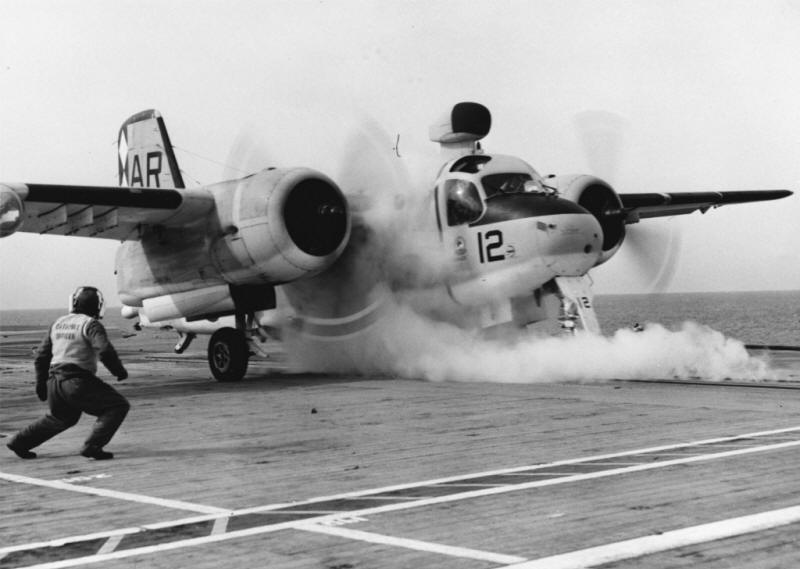
During their careers with the USN Tracker squadrons often operated as components of Antisubmarine Warfare Air Groups (CVGSs) aboard Essex-class carriers designated as antisubmarine carriers with the CVS- prefix. Examples include USS Yorktown (CVS-10), USS Hornet (CVS-12), USS Wasp (CVS-18), USS Bennington (CVS-20), and many more. A total of 18 Essex-class carriers, both straight deck and angled deck types, carried the CVS designation at some point during their careers. Several of these carriers also made Western Pacific (WestPac) deployments to Southeast Asia during the Vietnam War. The only combat loss of a Tracker occurred there.
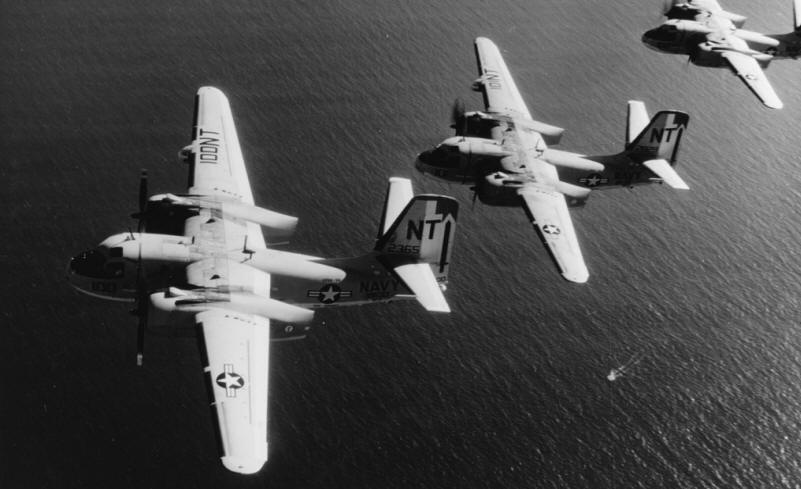
When deployed aboard CVS carriers the CVSGs often consisted of two fixed-wing antisubmarine (VS) squadrons flying S2F/S-2 Trackers, a single (sometimes two) rotary wing antisubmarine (HS) squadron flying Sikorsky HSS-1/SH-34G Seabat helicopters, and detachments of airborne early warning Grumman WF-2/E-1B Tracer aircraft. Occasionally a detachment of Douglas A-4 Skyhawks would deploy aboard the antisubmarine carriers to provide an airborne defensive capability. The business of these ships was to keep track of Soviet submarines, but they also functioned as primary recovery ships (PRSs) for NASA spacecraft returning from space.
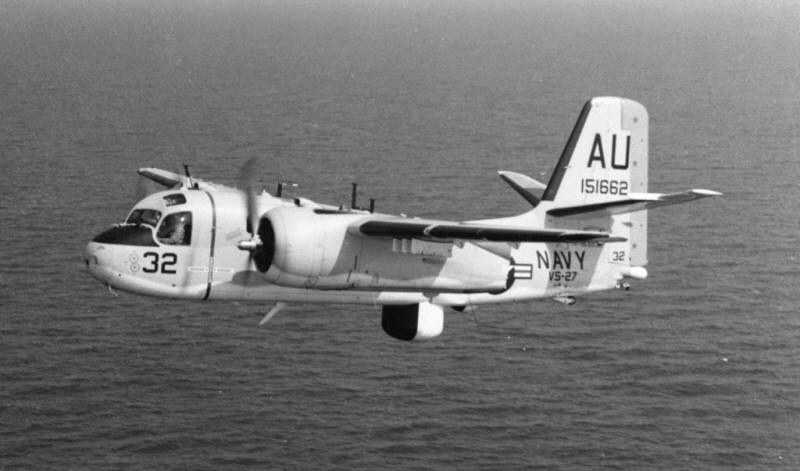
As Trackers approached the twilight of their stellar operational service with the USN they were replaced by Lockheed’s S-3A Viking. VS-37 Sawbucks were the last active duty antisubmarine squadron to retire their S-2G Trackers, doing so during August of 1976. Naval Air Station (NAS) Corpus Christi-based Training Squadron TWO EIGHT (VT-28) Rangers retired their last TS-2A Trackers in 1979, replacing them with the turbine-engine Beechcraft T-44A Pegasus. The very last operational Tracker was an ES-2D retired from the Pacific Missile Range Facility at Kwajalein in March of 1986.
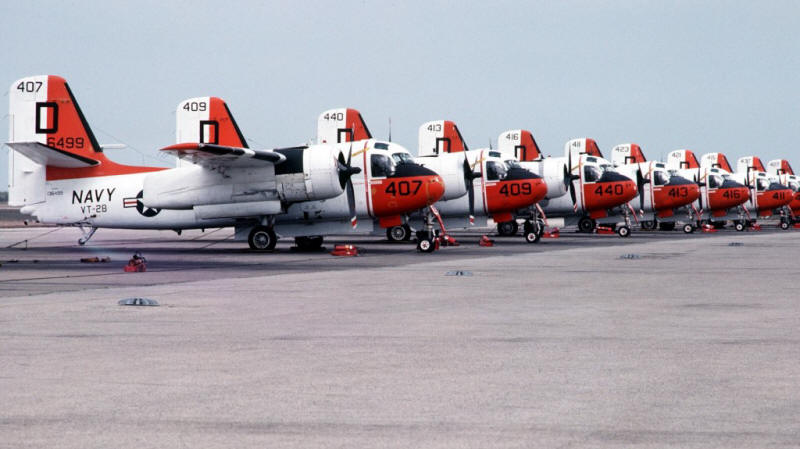
Stoofs piled up over six million flight hours with an overall mishap rate of 0.69 per each 10,000 of those flight hours. They also made close to 750,000 arrested landings aboard USN aircraft carriers. A Tracker was the very first aircraft launched by steam catapult, shot from the deck of the Essex-class carrier USS Hancock (CVS-19). Trackers flew thousands of sorties in support of the Navy’s critical need to track the Soviet submarine menace during the Cuban Missile Crisis and around the world during 32 Cold War years. They also served as proficiency currency aircraft at Naval Reserve facilities and Air Stations worldwide, towed aerial targets, hauled ‘trash”, and in general worked hard to earn their keep.
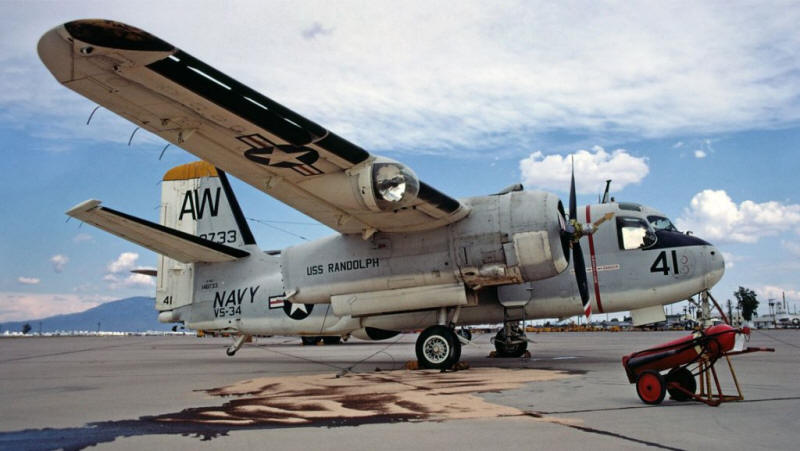
Grumman built a total of 1,284 Tracker airframes. De Havilland Canada built an additional 99 Trackers, all derivatives of the S2F-1/S-2A variant. The Canadians operated their Trackers (designated CS2F and later CP-121) from both shore bases and the Canadian aircraft carrier HMCS Bonaventure (RML-22, RRSM-22, CVL-22). Canadian Trackers were retired after 34 years of service in 1990. Foreign operators of the Tracker series include Argentina, Australia, Brazil, Canada, Italy, Japan, the Netherlands, Peru, South Korea, Taiwan, Thailand, Turkey, Uruguay, and Venezuela.
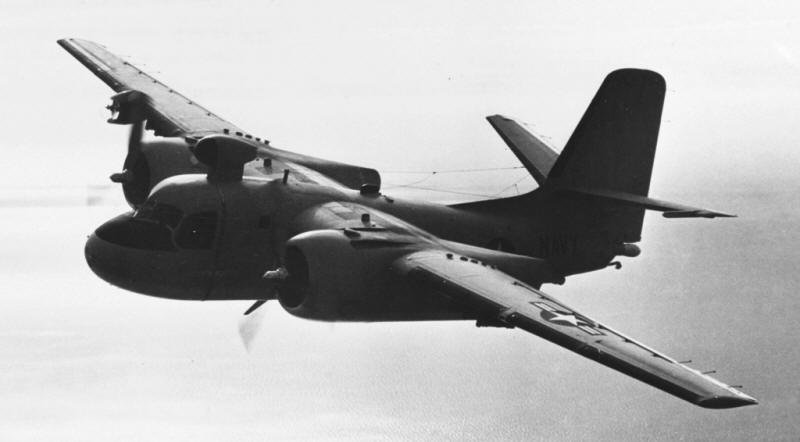
The Australians operated Trackers from their base at NAS Nowra (AKA HMAS Albatross). These Aussie S-2E and S-2G variants operated from the Australian carrier HMAS Melbourne (R21). On December 4th 1976 a hangar fire at NAS Nowra destroyed nine of the 12 S-2E aircraft stored inside, necessitating their replacement with ex-USN S-2G Trackers. Australia finally retired their S-2Gs in 1984. Argentina and Brazil also operated Trackers from aircraft carriers.
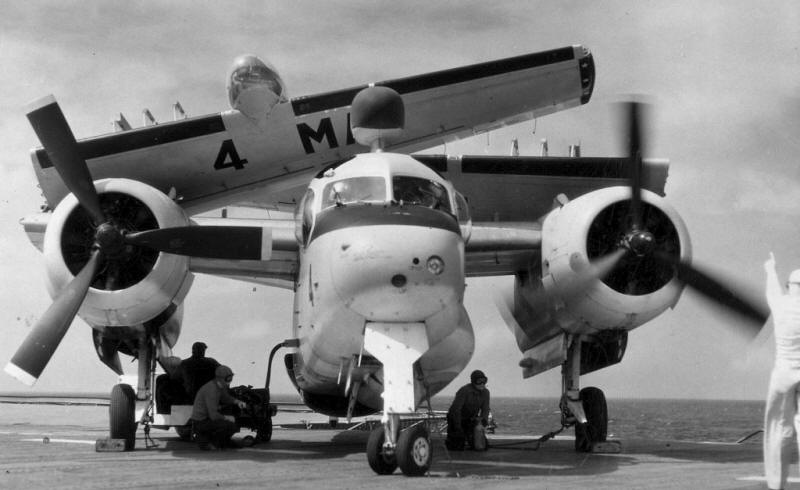
Many retired Trackers became firefighting aircraft. Conair Aviation of Canada converted former USN and Canadian Trackers into piston engine Firecats beginning in 1978 and turbine engine Turbo Firecats beginning in 1988. A total of 35 Conair Firecats were placed in service with aerial firefighting agencies. Marsh Aviation of Mesa in Arizona also converted Trackers to turbine power for both aerial firefighting and for the Argentinian Navy. The California Department of Forestry (CDF- now CalFire) and Aero Union also used piston engine and turbine engine Trackers for aerial firefighting. Some of the designations used for firefighting Trackers include S-2F3ATT, TS-2A(FF), and S-2A(FF). Many of these conversions resulted in single-seat aircraft.
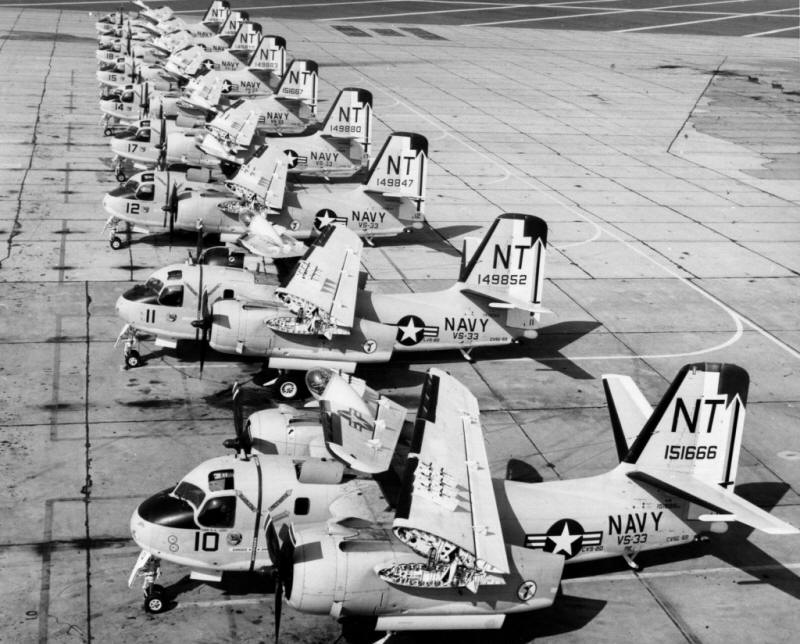
Today there are about ten operational privately-owned Trackers aside from those in service as aerial firefighters. There are also many of them in storage around the world. It’s almost as if their respective owners are holding on to these versatile old warriors just because they might find a new use for them. In fact it has been said that the Tracker was the most versatile aircraft of its time, and judging by the sheer number of uses for which the airframe has been adapted and used over the years it’s not hard to see why!
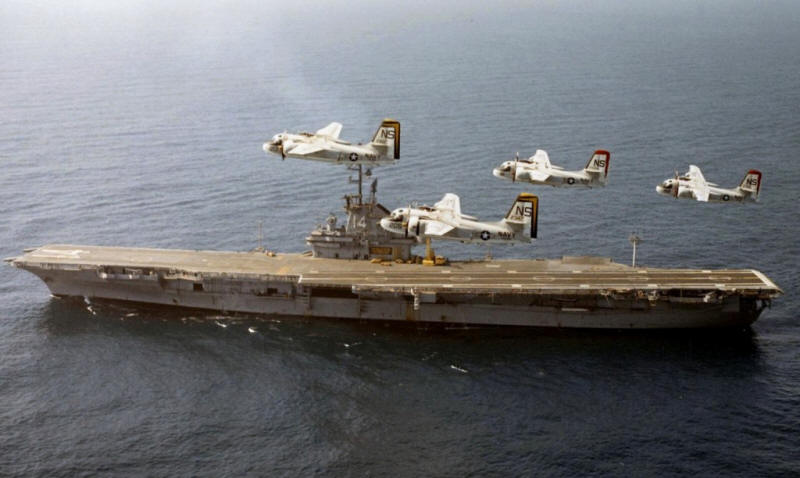
![]()














